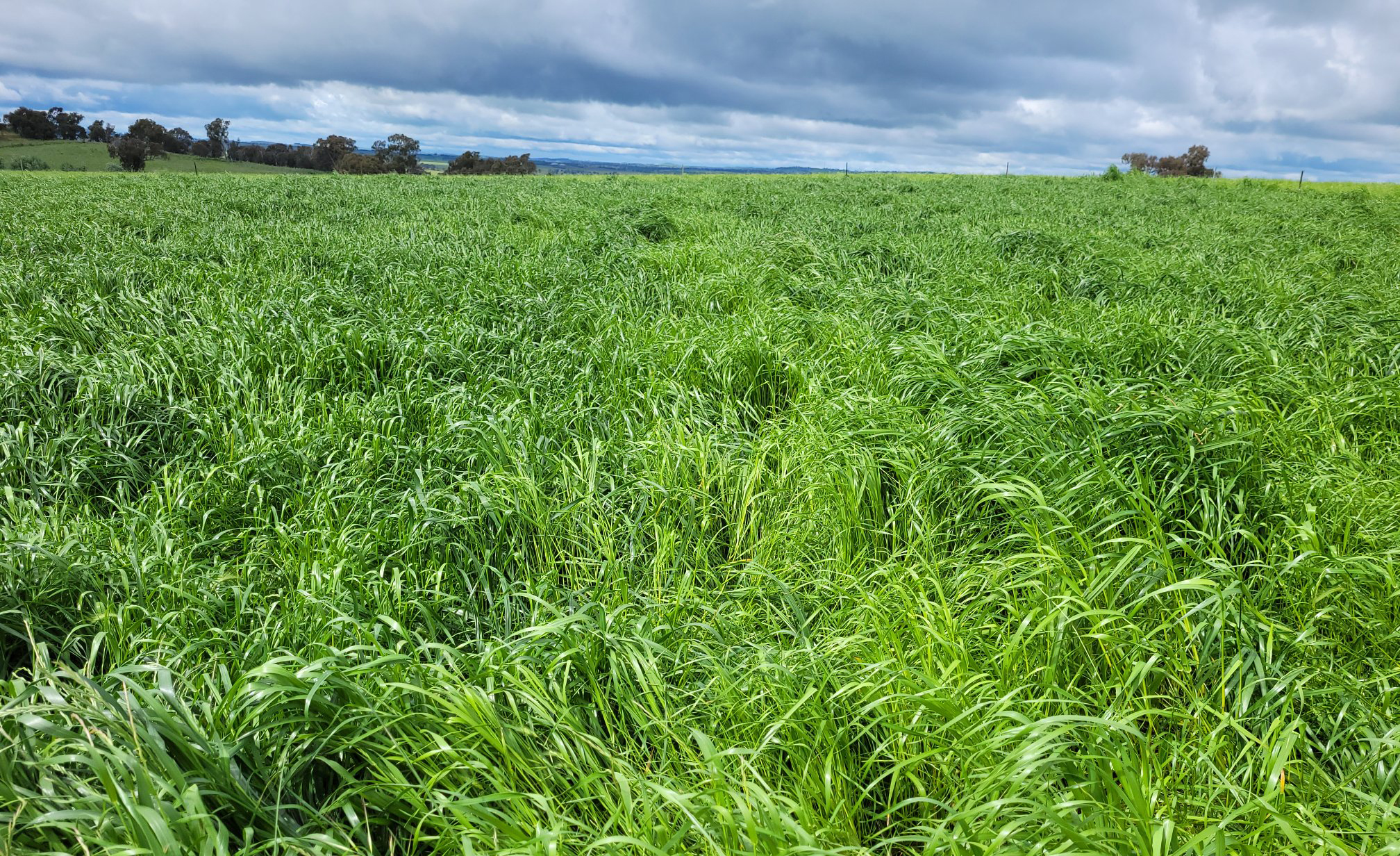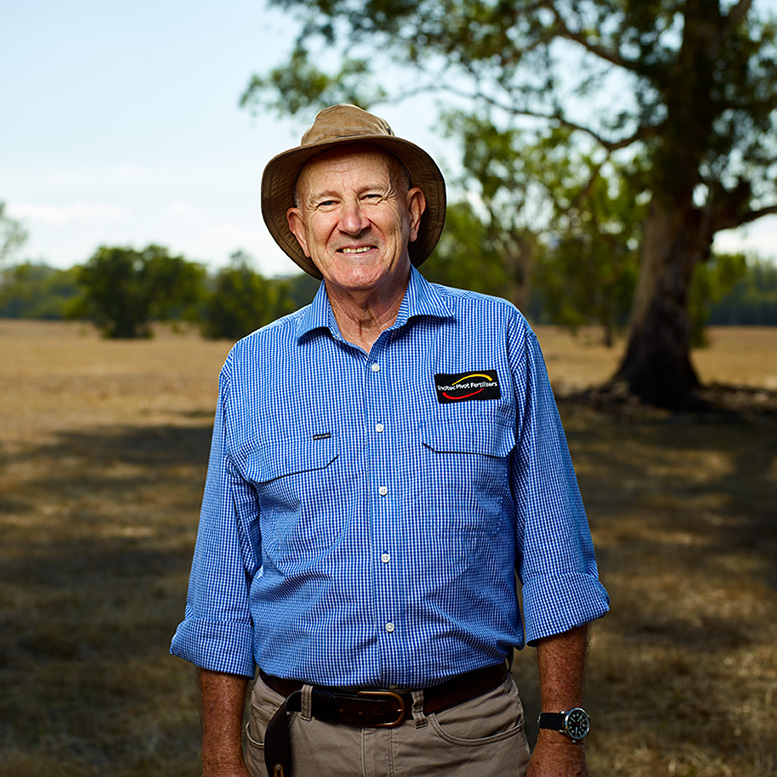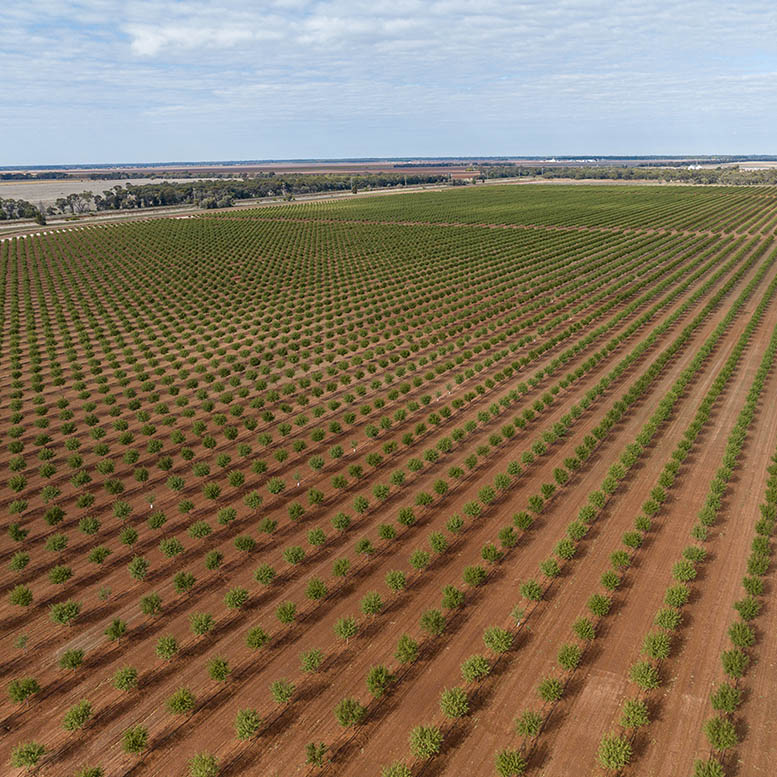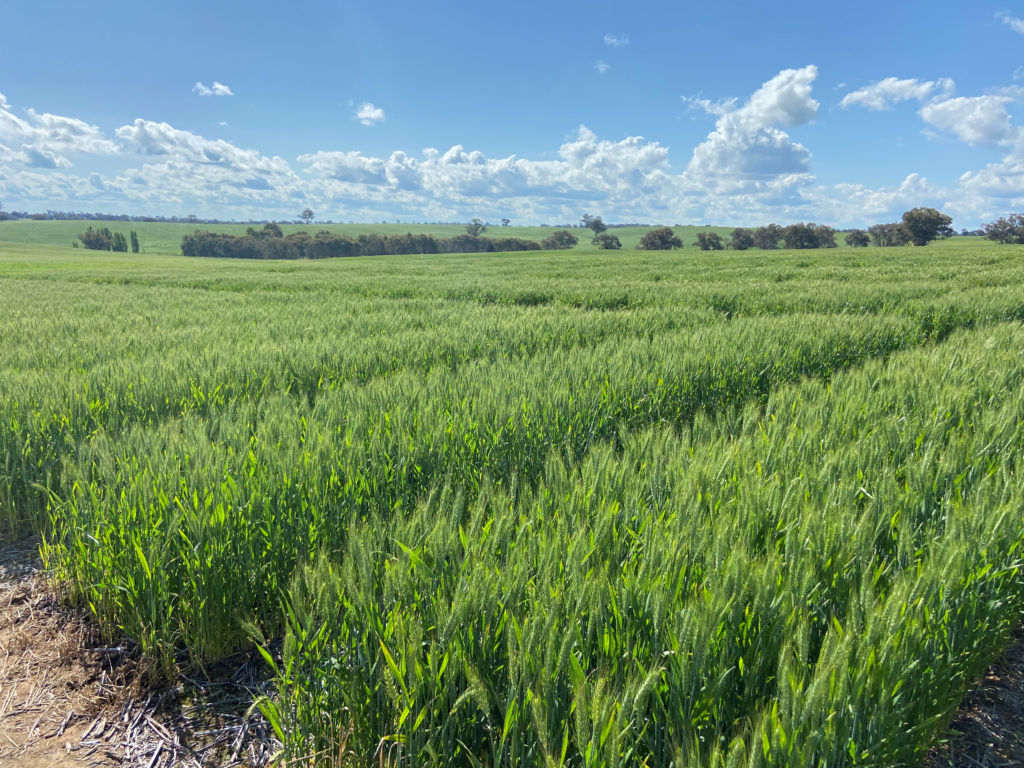Agronomic Insights

Lee Menhenett – IPF Technical Agronomist
Pasture winter feed deficits are a major concern for graziers trying to hold condition on stock, supply enough energy for pregnant or lactating animals, maintain a base stocking rate, or set pastures up for the spring flush for fodder conservation. While this issue occurs every year to some degree, winter feed deficits are deeper and more prolonged when there has been a failed autumn.
Supplementary feeding of quality hay or grain is a key strategy to achieve livestock goals, however price and availability in tough seasons becomes an issue. An alternative to address this challenge is the “wonder” nutrient nitrogen (N), which extends the leaf area of plants, providing growth rates in excess of nitrogen deficient pastures.
However wondrous N may be, it does have some limitations which should be considered before embarking on a widespread N program.
Understanding moisture requirements
Moisture is kryptonite for nitrogen responses. Firstly, there needs to be >10mm of rainfall to move nitrogen into the soil to avoid volatilisation losses (Green Urea is a product that can reduce volatilisation losses by 70%), and secondly >50mm of stored soil moisture to provide enough pasture growth to allow for a nitrogen response.
Understanding N responses
Grass growth rates are also influenced by genetics. If the pasture has little growth over the winter period, then applying N to that pasture will have little effect on growth rates.
Understanding the seasonal growth habit of a particular pasture is critical for feed budgeting and also for understanding N responses.
Winter and early spring N responses are in the order of 5-10 kg of dry matter grown per kilogram of N applied (kgDM/kgN). While this is relatively low, the value of the feed at this time of year is high.
When applying N, rates should be at least 25 kgN/ha (lower rates provide variable or no response) and up to a maximum of 50 kgN/ha.
Grazing impact on N response
Grazing management is absolutely key to maximising responses. Grasses grazed too soon – before full leaf extension (2.5-3 leaf ryegrass or 3.5-4 leaf Phalaris/cocksfoot) – will yield significantly less N response. Ryegrass for example will yield 20% of total DM yield with the 1st leaf, 50% total DM yield when the 2nd leaf is set, and a further 50% of DM when the 3rd leaf is fully emerged.
In winter, the temptation is to graze hungry stock on paddocks too soon, forgoing large amounts of DM accumulation. The problem with N applications is that if the grazing rotation has been cut short (grazed <2.5 leaf), then there is no residual carry over of N response into the subsequent grazing.
Juggling stock, paddocks, and supplementary feed is difficult and the world is not perfect, so in situations where stock are entering paddocks with only a 25-35 day lock up period (1.5-2 leaf), it is best to use the lower end of N rates of 25-30 kgN/ha. For paddocks that will be destocked for 45-60 days, the higher rate of N can be used.
N applications need to be planned and carefully considered around predicted feed requirements. Continually grazing pastures too early will not only reduce DM accumulation over the rotation, but also reduce sward health and density causing longer term growth rate disappointment into spring.
Other factors to consider
Other considerations to achieve the best N responses are soil-N levels and mineralisation. At the moment in southern regions of Australia, soil-N levels are low – after a wet early summer which produced high pasture growth rates followed by a dry late summer/autumn. Therefore, pasture systems are running N deficits, so applying N fertilisers in the correct situations will provide good results. Mineralisation of N is dependent on soil temperature and moisture, therefore, i winter mineralisation rates are low.
Soil fertility is also critical to sustain improved pasture species and growth rates. Always target the most fertile paddocks with the best pasture base for winter N applications. Consider paddock soil test data across the farm and fertiliser applications over the past several years.
Price and availability of some fertilisers may have seen soil nutrient values slip. Boosta products may be an option in late winter and spring to help achieve good N responses and catch up on fertiliser application deficits.
Planning is critical to getting successful results from applying N in pastures. Consider your future feed requirements and employ a robust N application strategy to help ensure a return on the investment, rather than a cost burden.
Further Information
For more information or advice about nitrogen use in pastures, contact Lee Menhenett on 0412 565 176 or via email lee.menhenett@incitecpivot.com.au
DISCLAIMER
This is a guide only, which we hope you find useful as a general tool. While IPF has taken all reasonable care in the preparation of this guide, it should not be relied on as a substitute for tailored professional advice and IPF accepts no liability in connection with this guide. Incitec Pivot Fertilisers manufactures and sources fertilisers from other suppliers. The fertiliser supply chain extends beyond the company’s direct control, both overseas and within Australia. Incitec Pivot Fertilisers hereby expressly disclaims liability to any person, property or thing in respect of any of the consequences of anything done or omitted to be done by any person in reliance, whether wholly or in part, upon the whole or any part of the contents of this article.
You might also be interested in these

Winter Crop
Planning nitrogen applications and rethinking potential urea nitrogen volatilisation losses
March / 2024

Horticulture, Pasture, Sugar, Summer Crop
Fertiliser use and GHG emissions being minimised on-farm
October / 2023

Winter Crop
Fertiliser management for productive seed
March / 2025

Horticulture, Pasture, Sugar, Summer Crop
Loveday & Pyle test – a comprehensive indicator of soil stability
February / 2023

